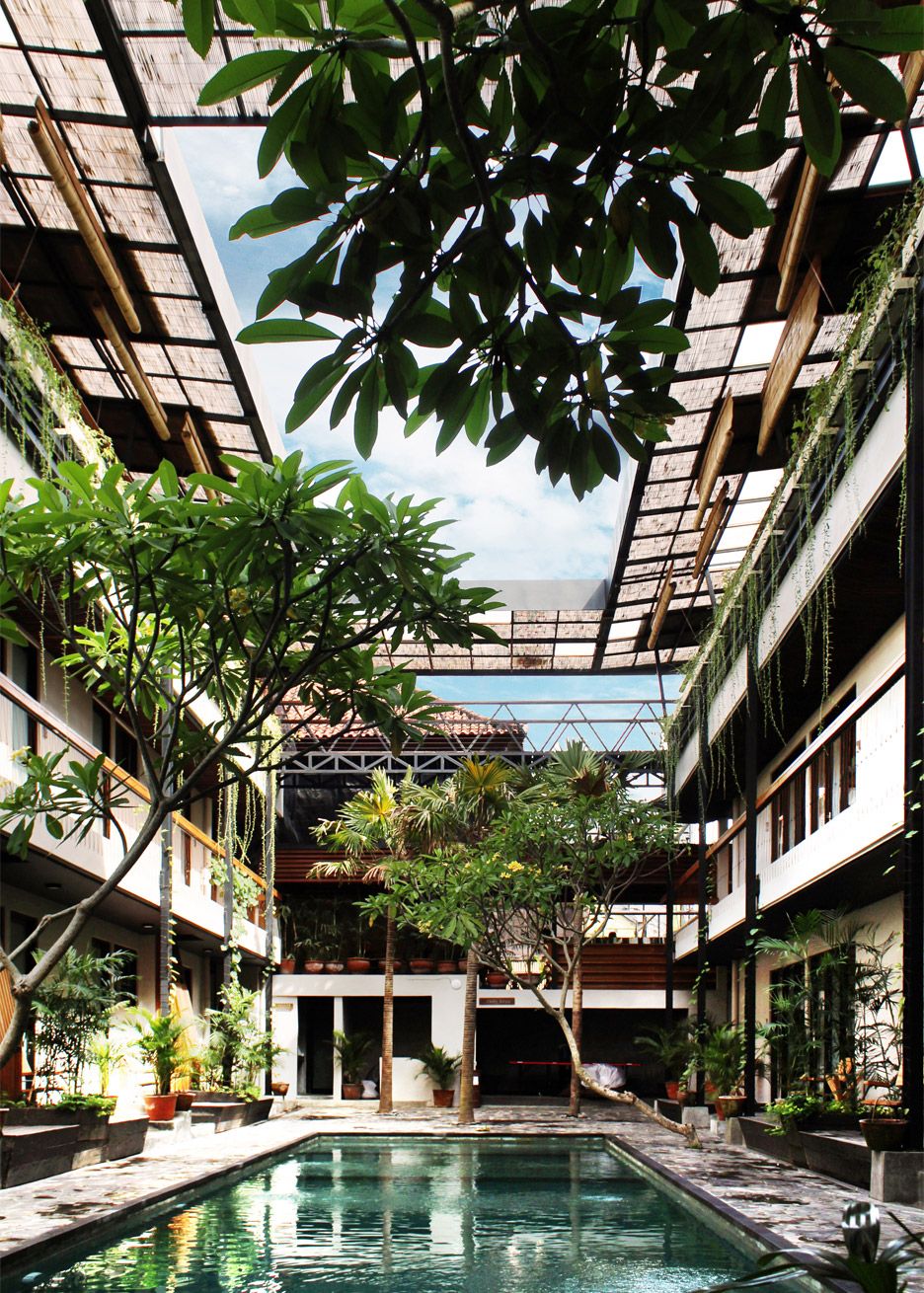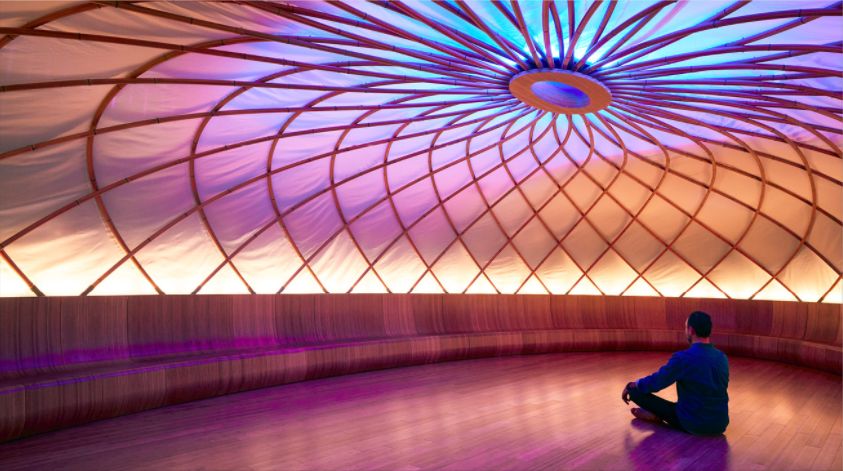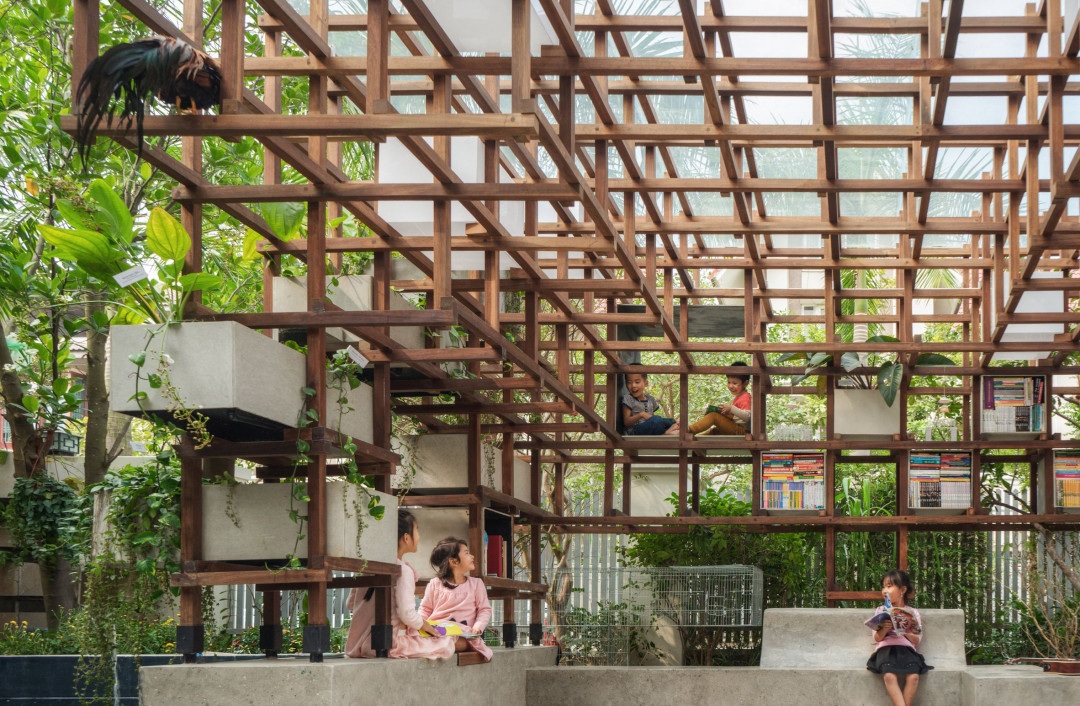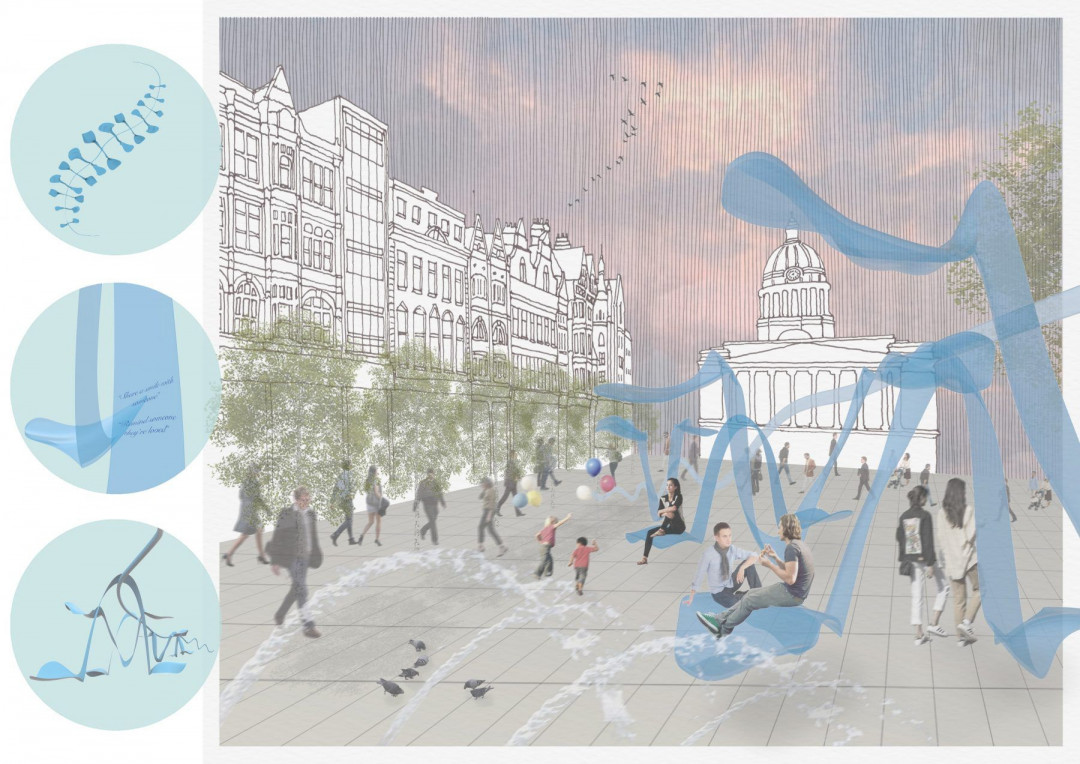Designers: A New Class of Health Professionals




A history of health
Humanity’s understanding of health has evolved significantly over the centuries. The desire for knowledge is part of human nature and the quest for what it means to be healthy and happy is ongoing.
In ancient times, health fell largely under the influence of religion and was thought to be endowed by deities of medicine and healing. 1
The fifth century witnessed the first major break from supernatural concepts of health and saw the separation of medicine from religious beliefs. This major breakthrough has been attributed to the Greek physician Hippocrates who is considered ‘The Father of Modern Medicine.’ Hippocrates established the concept of health as a product of environmental and behavioural factors.1
The transformative era of the Roman Empire, revolutionised humanity’s understanding of health. Galen, the most prominent physician of the Roman Empire, contributed to the development of a more holistic idea of health that considered the whole patient, including mental and emotional states.1 Roman innovations in architecture, sanitation and freshwater aqueducts shifted the focus of healthcare from the individual to society,1 thus further revolutionising humanity’s understanding of health.
Fast forward to 2021 and the focus is on social, psychological, physical and environmental factors that impact our overall well-being. According to The World Health Organisation, “Health is a state of complete physical, mental and social well-being and not merely the absence of disease or infirmity.” This focus on a holistic approach to achieving well-being acknowledges the importance of our environment and place in society.
As we have progressed in our understanding of community well-being, architects and designers have been plunged into the sphere of health and have a responsibility far greater than perhaps what they initially envisioned for their career.
The WHO calculated that we spend between 80% and 90% of our waking hours inside buildings and so it makes sense that our state of well-being can be closely attributed to the built environment.
In the global quest for better understanding health, the ‘5 Ways to Wellbeing’ have been established through extensive international research and can offer guidance to design professionals who want to use their skills to positively impact community health.
The 5 ways to wellbeing are: Connection, Keep Active, Take Notice, Keep Learning and Give.
Designing for well-being and health
A successful piece of architecture is one where there are varying design elements that support the five ways of well-being.
Connection
Developing close relationships, socialising and broadening your social network in the wider community is important for good health and wellbeing. 2
The built environment should encourage social connections through well designed and accessible spaces. Pay close attention to spatial design, scale, acoustics, ergonomics, and lighting.
Connection plays a huge role in the co-living community 'Roam'. Architect Alexis Dornier was engaged by Roam to convert a contemporary boutique hotel into a communal housing development in Bali, giving occupants the opportunity to move between various co-living communities around the world. "The vision of this place was to create community," explained Alexis Dornier, "a model of a micro society where people find their own space for privacy, as well as places of gathering, exchange, movement and education."3 Private rooms with ensuites encircle a pool where the occupants have access to a communal kitchen, lounge, garden and rooftop space.

Dezeen. https://www.dezeen.com/2016/06/09/alexis-dornier-architecture-roam-co-living-housing-residential-complex-bali-indonesia-communal-roof
Keep Active
Being active is important for good health to help keep your mind and body working well.2
Good design encourages movement and provides convenient and comfortable access to walkways, stairs and courtyards. Pay close attention to layout, accessibility, biophilia, temperature and views.
BlueCross BlueShield of Tennessee Cameron Hill Campus is a fabulous example of healthy workplace design. The Campus’ five buildings designed by Duda Paine Architects, are strategically placed around a central plaza. Within the plaza are a series of outdoor running and walking paths to promote activity. The campus design features amenities that promote activity such as a fitness centre, garden spaces, skybridges, outdoor cafes and open plan offices.

http://www.dudapaine.com/portfolio_page/bluecross-blueshield-of-tennessee/
Take Notice
Taking the time to being aware of our surroundings, sensations, thoughts and feelings in the present moment has been proven to enhance wellbeing.2
This can be achieved by designing spaces which stimulate the senses and encourage the individual to engage in the present moment. Pay close attention to texture, materiality, lighting and acoustics.
Inscape Meditation Studio by Archi-Tectonics facilitates the transition to a different state of mind. Visitors are taken on a sensory journey upon entering the space with its curved meditation rooms, responsive LED technology, spiralling bamboo ceiling and natural linen seating.

https://www.archi-tectonics.com/work/inscape-mediation-studio
Keep Learning
Learning should not cease when one finishes school or graduates from university. Research shows it’s just as important for people of all ages and life stages to keep learning and can help us enjoy life more and improve our ability to cope with stress.2
The built environment should be designed to encourage new positive experiences and nurture new behaviours and ideas. Pay close attention to art, colour, technology and materiality.
Farming Architects designed a library and city farm hybrid in Hanoi, Vietnam as a way for locals to learn about self-sustaining ecosystems.4 The VAC Library is a large wooden climbing frame that uses solar powered aquaponics to keep vegetables, fish and chickens. Locals and their children can visit the farm to play, read books and learn about the ecological model. The space encourages curiosity and facilitates learning within a fun and safe environment.

Dezeen. https://www.dezeen.com/2019/01/20/vac-library-farming-architects-hanoi
Give
Helping others has been proven to boosts happiness. It increases life satisfaction, provides a sense of meaning, increases feelings of competence, improves our mood and reduced stress.2
The built environment should encourage philanthropy and nurture the individuals desire to make a positive impact on the lives of others and the world. Pay close attention to spatial design, views, colour and materiality.
Peoples United’s ‘Kind Places & Spaces’ project, explores the positive impact that design can have in community spaces and how creative design can encourage communities to think and behave in a pro-social way.5 ‘The Stage Is Yours: Kindness Seating Installation’ by second year Liberal Arts student Ella Moore, is just one of the projects Peoples United have commissioned as part of the kind Places & Spaces Initiative.5 Ella’s ‘Kindness Seating Installation’, a design idea for a seating structure, seeks to inspire kindness and connection in urban public spaces. The structure plays with the flow of people, encouraging them to gather, interact and unite.
“My structure seeks to inspire kindness, as it calls for us to coalesce, fuse together, and show compassion. Engraved in the surface of the piece, messages of kindness will encourage positive interaction and acts of care. Reading “share a smile with someone” or “remind a person they’re loved”, will allow kindness to ripple through society- mirroring the movement of the sculpture and fluid motion of cities.” 5

https://peopleunited.org.uk/2020/10/kind-places-spaces-the-stage-is-yours-kindness-seating-installation
Over the centuries the notion of health has expanded to include the importance of the built environment and subsequently, the significance of design professionals. In a world where we spend 80-90% of our time interacting with the built environment, design professionals must realise their collective responsibility to community health and continue to focus on designing for wellbeing.
Footnotes
1 NCBI (2017) “Redefining Health: The Evolution of Health Ideas from Antiquity to the Era of Value-Based Care” https://www.ncbi.nlm.nih.gov/pmc/articles/PMC5346014/
2 The Royal Melbourne Hospital ‘ 5 Ways To Wellbeing’ https://5waystowellbeing.org.au/
3 Amy Frearson (2016) “Alexis Dornier completes co-living complex in Bali with communal areas on its roof.” Dezeen. https://www.dezeen.com/2016/06/09/alexis-dornier-architecture-roam-co-living-housing-residential-complex-bali-indonesia-communal-roof/
4 Jon Astbury (2019) “Climbing-frame library in Vietnam has a thriving aquaponics system” Dezeen. https://www.dezeen.com/2019/01/20/vac-library-farming-architects-hanoi
5 People United (2020) “Kind Places & Space; The Stage Is Yours, Kindness Seating Installation.” https://peopleunited.org.uk/2020/10/kind-places-spaces-the-stage-is-yours-kindness-seating-installation




 Indonesia
Indonesia
 Australia
Australia
 New Zealand
New Zealand
 Philippines
Philippines
 Hongkong
Hongkong
 Singapore
Singapore







